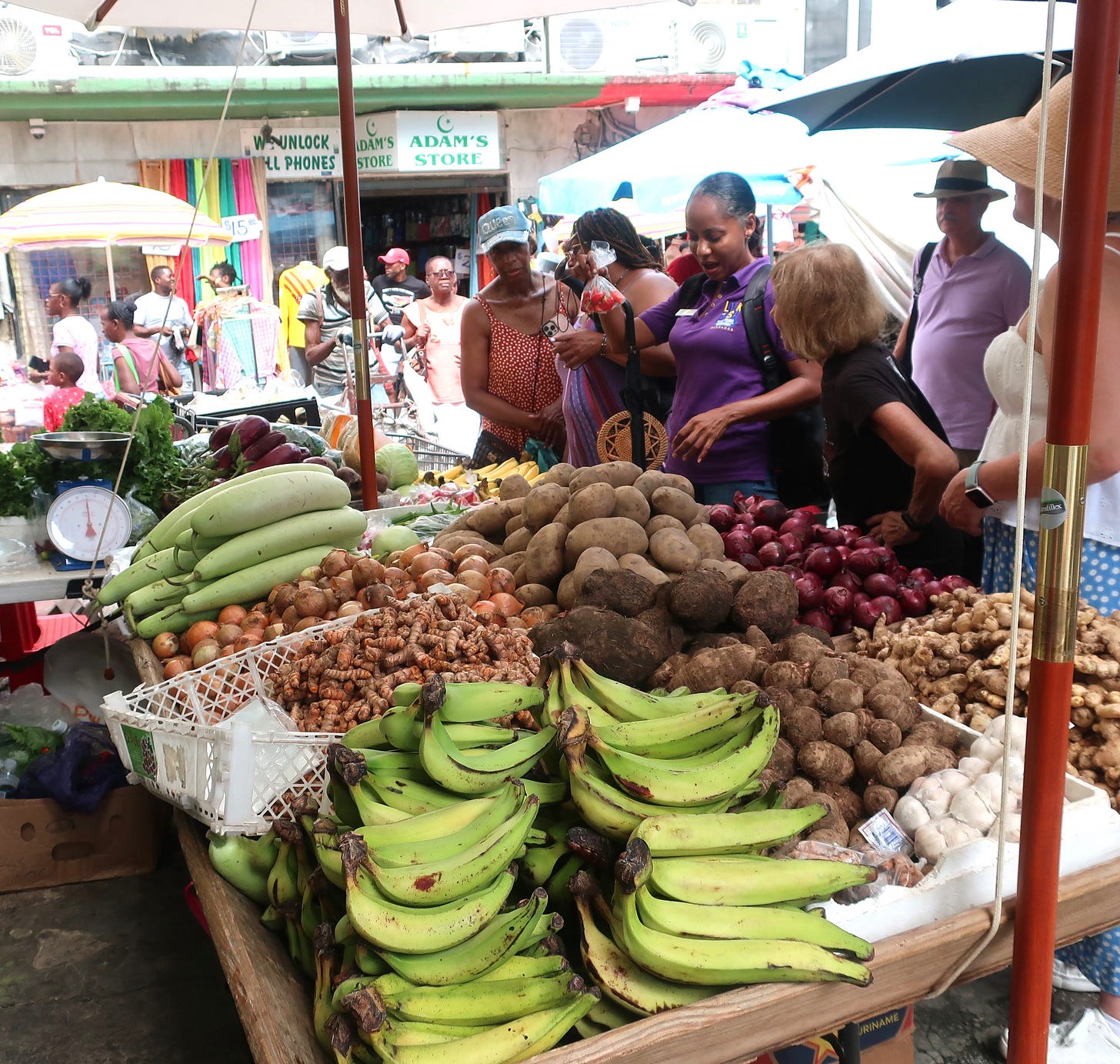Friendliness of the Barbadians is a potent lure.
Having recently returned from the Caribbean island of Barbados, my original assessment still stands 20 years later..
It didn’t take long after my wife Fyllis and I arrived to experience examples of friendliness national trait. When I asked the driver of another car for directions to our hotel, he insisted on leading us there in his own vehicle. After I unknowingly dropped some money on a restaurant floor, a waiter followed me to the door and returned it. And the examples continued.
Sand, sun and other attractions on Barbados are a magnet for visitors
Add this well-deserved reputation for a welcoming populace to a lengthy list of things to see and do, along with a choice of inviting beaches, and it’s little wonder that Barbados serves as a year-round magnet for tourism. In winter, visitors from Great Britain join smaller groups from Canada, the United States and elsewhere seeking to trade frigid temperatures for a sun and sand retreat. Come summer, budget-conscious vacationers enjoy the same attractions at lower cost.
These late comers follow the footsteps of people who visited the island as early as 1600 BC, and Amerindians who established villages during the 4th to 7th centuries AD. English settlers founded a colony in 1627 and that foothold led to British rule until 1966, when Barbados was granted independence. Traces of the island country’s intriguing history abound.
Bridgetown, Barbados earns its UNESCO World Heritage Site status
Bridgetown, the capital and largest city (population about 110,000), earns its UNESCO World Heritage Site designation. Attractions include the Parliament Building (constructed 1870-1874), Independence Square and Queen’s Park, site of the former home of the Commander of British Troops (built in 1784). Among more than 500,000 artifacts in the Barbados Museum, housed in an old military prison, are antique paintings and maps of the island.
The museum at Nidhe Israel Synagogue documents the story of the oldest Jewish temple in the Western Hemisphere (1654) and the local Jewish community. It was constructed by refugees from Portugal and Brazil, who brought with them knowledge of sugar production technology which resulted in the vital role of Barbados in the sugar, molasses and rum industries.
On a back street in the outskirts of Bridgetown is the childhood home of Rihanna. The songwriter, singer and actress is the second-best-selling female music artist of all time, topped only by Madonna.
Gardens are redundant in the lush tropical setting of Barbados
Given the tropical setting, it’s not surprising that Barbados is dotted by lush gardens, each with its own allures. Yet in a setting where many houses are blanketed with flowers, visiting a formal garden seems to be redundant. It’s easy to get your floral fix during a stroll or drive. The most brilliant displays often are encountered at colorful chattel houses.
These bungalows, which are unique to Barbados, harken back to the emancipation of enslaved people who were permitted to build on plantation land they did not own. Because they might be forced to leave at some time in the future, they constructed tiny wood houses which they put together without nails, so they could be quickly reassembled. Today residents of these historic homes often add decorative touches, paint their house a variety of colors and plant flowers.
Rum is an important part of the history of Barbados
Other local structures include small, sometimes ramshackle rum shops, which serve as social gathering spots, dominoes-playing destinations and forums for discussion of topics ranging from politics to the national sport of cricket. They’re also reminders that this beverage was first created – or, more accurately, discovered – in Barbados.
The drink became so popular that the King of England issued an edict directing that members of the Royal Navy be given a half pint daily. George Washington, who visited Barbados in 1751, insisted that it be served at his presidential inauguration.
Fyllis and I were introduced to this history during a tour and tasting at the Mount Gay distillery, which was founded in 1703 and is the oldest commercial rum distillery in the world. This was one of several tours we took to experience various aspects of Barbados. An island safari lived up to its name, offering an adrenaline rushing jaunt over bumpy, muddy, potholed dirt paths through sugar cane fields. Along the way, our driver offered a lesson in the island’s history.
The food is fine on Barbados
The excursion ended with lunch at a swanky resort, which contrasted with the Bajan food tour we also took. Its focus was traditional fare, and included stops at bustling street markets, modest local cafes and an ice cream shop. The movable menu included such island favorites as minced beef rolls, macaroni pie, and coconut bread.
Fish also is a staple of the Bajan diet and a visit to a fishing village introduces another facet of the local lifestyle. Generations of families in Tent Bay have trawled offshore waters for flying fish, mahi mahi and marlin. People in Skeetes Bay fish by boat and off the jetty, and the market serves as a focal point of the community.
Of course, the beaches are a major magnet for many visitors to Barbados. With more than 80, there’s a stretch of sand for every preference. At Alleynes Bay, the mile-long beach offers excellent swimming. Thunder Bay is named for the sound of waves crashing against an offshore coral reef. Those seeking a calm sea often head for the beach at Bath.
For more information log onto visitbarbados.org.
Victor Block
Victor Block retains the travel bug after gallivanting throughout the United States and to more than 75 other countries worldwide and writing about what he sees, does, and learns. He believes travel is the best possible education and claims he still has much to learn. He loves to explore new destinations and cultures, and his stories about them have won many writing awards.









